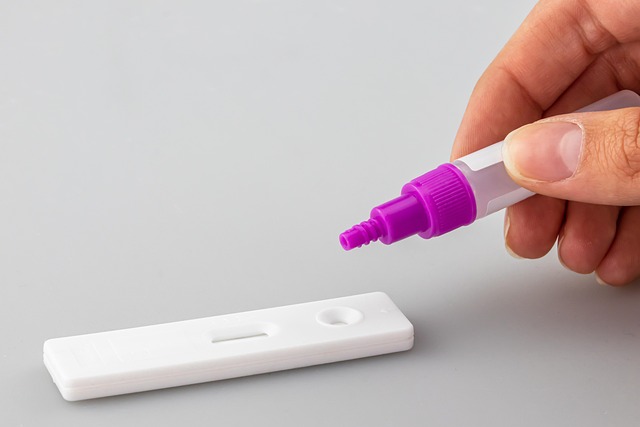In San Antonio, prioritizing safety against lead exposure is vital, both in workplaces and homes. OSHA guidelines and local regulations aim to protect employees and children from lead paint's harmful effects. Businesses must follow precautions like training, PPE, and air quality monitoring, while homeowners should adhere to strict protocols for lead paint removal during renovations. Effective strategies include regular inspection, abatement techniques, indoor air quality management, and resident education to safeguard children from lead paint risks in San Antonio homes.
In San Antonio, ensuring worker safety and protecting children from lead paint exposure are paramount. This article delves into crucial aspects of lead safety, focusing on workplace exposure limits, local regulations, and effective mitigation measures in residential settings. Understanding these standards is essential for fostering a healthier environment, especially in light of the potential dangers of lead paint in San Antonio homes. By exploring these topics, we aim to equip folks with knowledge to navigate and revolutionize lead protection strategies.
- Understanding Lead Safety Standards for San Antonio Worksites
- The Role of Local Regulations in Protecting Children from Lead Paint Exposure
- Implementing Effective Lead Mitigation Measures in Residential Settings
Understanding Lead Safety Standards for San Antonio Worksites

In San Antonio, ensuring lead safety is paramount, especially in work environments where exposure to this toxic metal can have severe health implications. The primary focus often revolves around protecting children from lead paint in San Antonio homes, but workplace safety is equally critical. OSHA (Occupational Safety and Health Administration) sets forth specific guidelines and exposure limits for lead in the workplace, which all businesses must adhere to. These standards are designed to safeguard employees from potential harm, especially given that lead can cause neurological damage, kidney failure, and even death.
Worksites in San Antonio must implement necessary precautions to minimize lead exposure, including proper training for employees, the use of personal protective equipment (PPE), and regular monitoring of air quality. Industries such as construction, automotive repair, and manufacturing may require additional safety measures due to the potential for lead-based materials or processes. By adhering to these safety standards, San Antonio businesses can foster a healthier work environment and contribute to the overall well-being of their employees.
The Role of Local Regulations in Protecting Children from Lead Paint Exposure

Local regulations play a pivotal role in safeguarding children from potential exposure to lead paint in San Antonio homes. These rules are designed to ensure that residences, especially those built before 1978 when lead-based paint was commonly used, meet safety standards. By implementing strict guidelines, local authorities aim to minimize the risk of children ingesting or inhaling lead particles, which can have severe health consequences.
In San Antonio, such regulations often dictate the methods for safely removing and disposing of lead paint during renovation projects. Homeowners and contractors are required to follow specific protocols, including using personal protective equipment and employing certified professionals who understand the proper handling of hazardous materials. These measures ensure that children living in older homes are protected from the dangers of lead paint exposure, promoting a healthier environment for San Antonio’s youth.
Implementing Effective Lead Mitigation Measures in Residential Settings

Implementing effective lead mitigation measures in residential settings, especially in San Antonio homes, is paramount to protecting children from potential exposure. Lead paint, a common hazard, can result in serious health issues for kids if left unaddressed. Therefore, homeowners and property managers must take proactive steps to ensure the safety of those who live or frequent these spaces. Regular inspection and testing of older homes are essential first steps, as lead-based paint was commonly used before its dangers were fully understood.
Once identified, various strategies can be employed. This includes proper abatement techniques, such as enclosure or replacement of contaminated areas, to prevent dust and debris from spreading. For painted surfaces, encapsulation with special coatings or professional stripping and replacement are effective methods. Maintaining excellent indoor air quality through adequate ventilation and regular cleaning helps minimize lead dust accumulation. Additionally, educating residents about the risks and simple precautions they can take is crucial in creating a safer environment, particularly for children who are more vulnerable to lead’s harmful effects.
In conclusion, understanding and adhering to lead safety standards is paramount for creating healthy environments, especially in San Antonio. By combining local regulations with proactive mitigation measures, we can effectively protect children from the dangers of lead paint exposure in both workplace settings and residential homes. It’s a collective responsibility to ensure these safeguards are implemented and maintained for a safer tomorrow.
